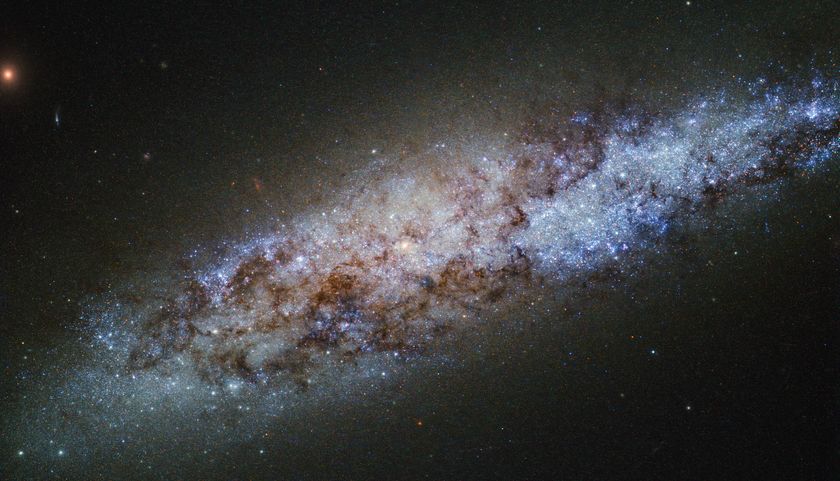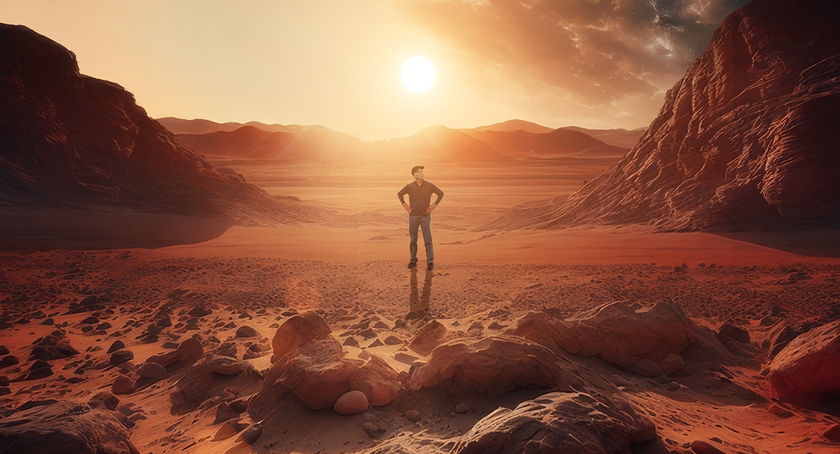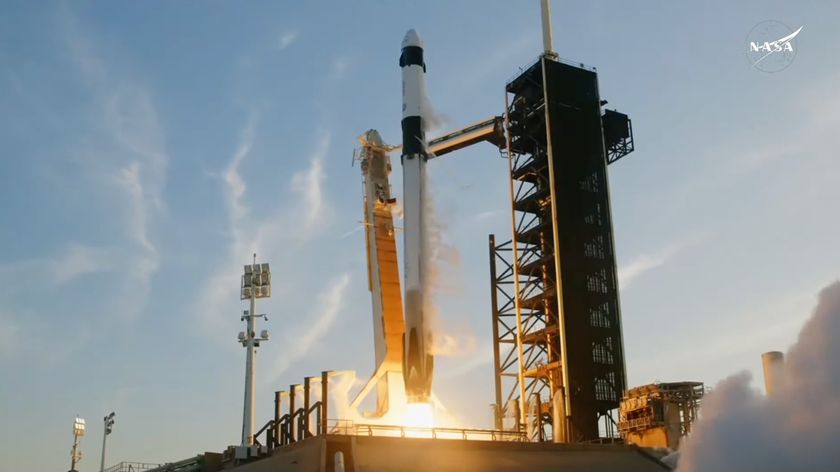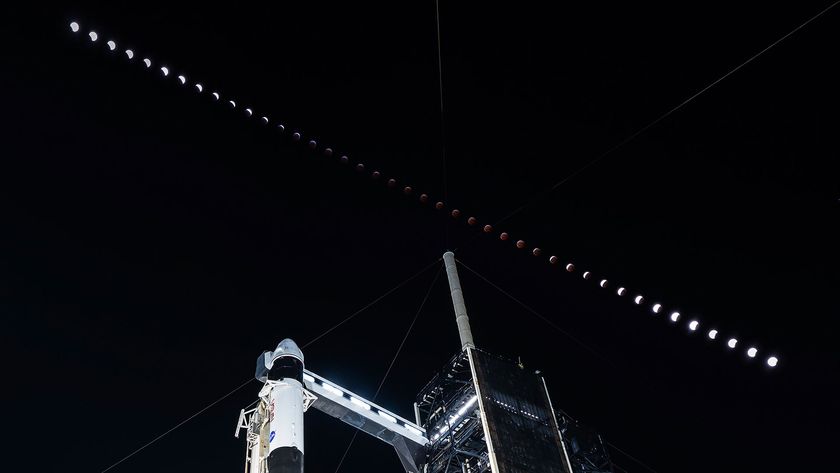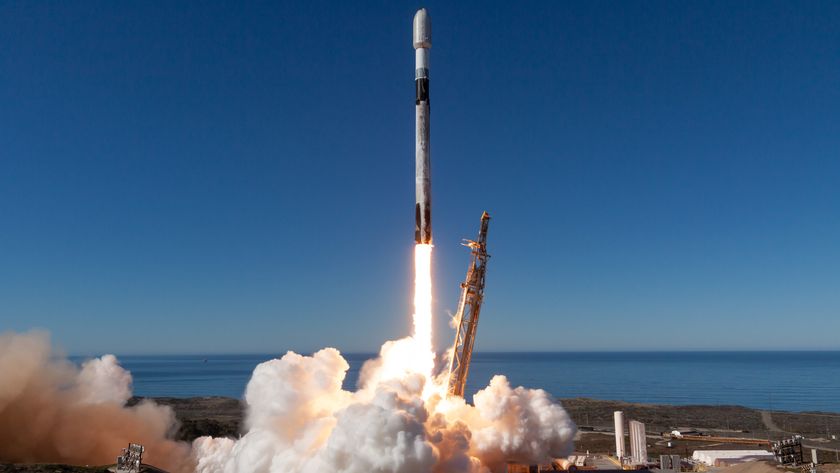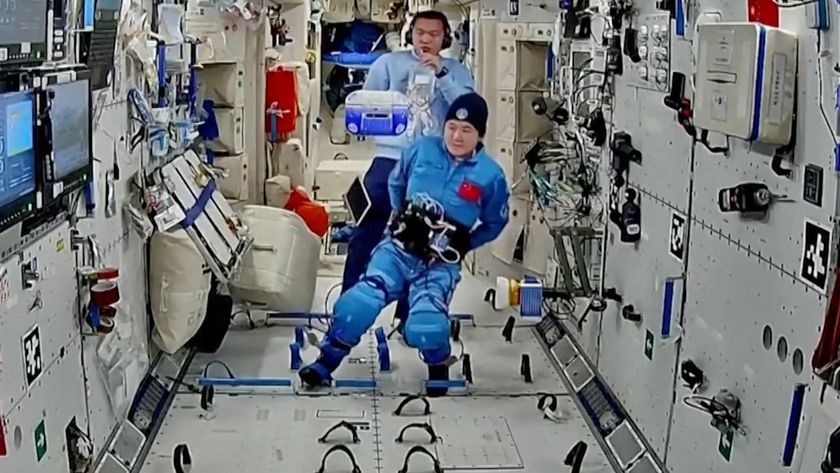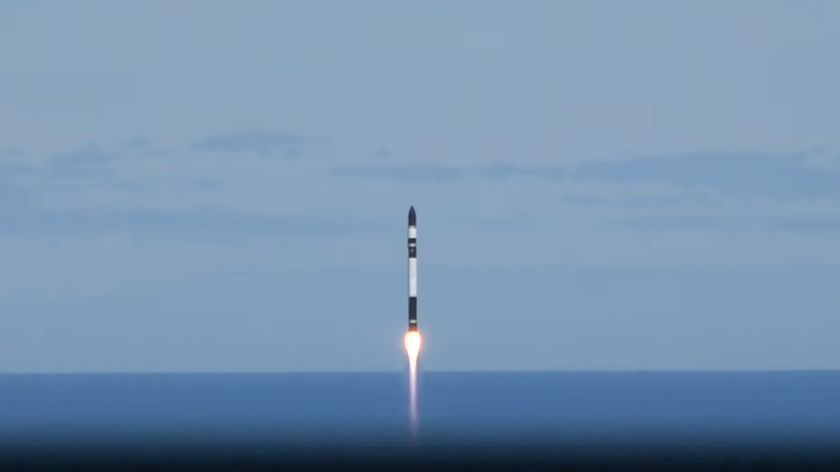
What's Going on Under the Ice of Europa?
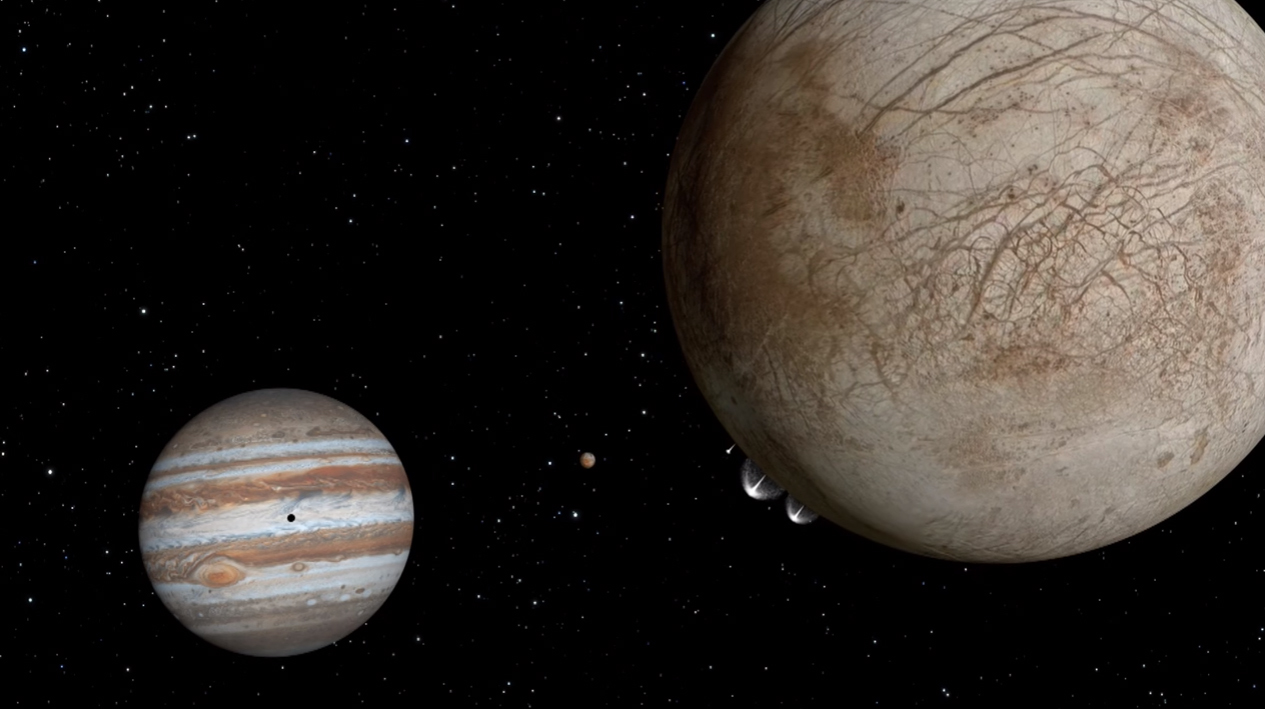
Paul Sutter is an astrophysicist at The Ohio State University and the chief scientist at the COSI science center. Sutter is also host of Ask a Spaceman, RealSpace, and COSI Science Now.
Habitable zone. Habitable zone. Habitable zone. In the search for life around other stars, that's all we hear about. Find an Earth-size planet? Hooray! Is it outside the habitable zone? No? Oh well, better luck next time. There are plenty of stellar fish in the galactic sea.
It's only in the habitable zone — the "Goldilocks" region around a star where water can exist in liquidy peace — that life is possible. [The 6 Most Earth-Like Alien Planets]
Or so we thought.
The Europan mystery
Far outside what any reasonable and right-thinking person would consider the habitable zone of Earth's own sun, the moons of the gas-giant planets lay dormant, locked in impossibly thick crusts of ice. Europa, the second major moon of Jupiter, is one such world. For decades, astronomers assumed the only interesting, active bodies in the outer solar system were the giant planets themselves, with their complex atmospheres, strong magnetic fields and hidden depths. These were phenomena worthy of study.
But tiny, frigid Europa? Why bother?
Bother because this moon's surface is fantastically smooth, almost entirely lacking craters. That's weird: Most of the old, cold, dead worlds in this solar system are pockmarked with craters, remnants of the Late Heavy Bombardment during the frenetic early days of the system's formation. Look at Earth's own moon. Look at Mercury. Old, scarred faces.
Get the Space.com Newsletter
Breaking space news, the latest updates on rocket launches, skywatching events and more!
Europa, on the other hand? A young, sparkling, fresh face. A face whose ice appears to grind and stress against itself like giant icebergs, a plate tectonic system made of ice.
And then: geysers. Hubble observations of jets of water from the surface. Activity.
Finally, all that red stuff on the surface. Deep red in the fissures between ice plates. Wide, broad plains sprinkled with a faint dusting of red material. What's going on?
All the evidence points in the same direction: All that ice is hiding something. Buried beneath the surface is a globe-spanning ocean of liquid water. That's right: liquid water, in a place nobody would ever think to look. [Watch this video to learn more mysteries of Europa.]
Biding the tide

To make liquid water, one needs heat, and a lot of it. Heat can come from nearby stars — which are, I'll admit, very, very hot — but there are other sources, too. And in Europa's case, that source is a dance.
The tiny moon is tidally locked to giant Jupiter, always presenting the same face to its parent. Locking like that happens after a celestial body's gravity raises tidal bulges in a smaller object orbiting it. Just look at Earth's own moon: a bit bulgy around the middle, and always showing Earth a single face.
Usually the tidal-lock process circularizes a moon's orbit. While that orbit may start out elliptical, over a few short million years it evens out to a nice, plain circle.
But Europa is stuck in an odd configuration. The moon's inner neighbor, Io, and outer neighbor, Ganymede, are locked in a resonance with their fellow moon. Every time Europa orbits Jupiter once, Io races around exactly twice and Ganymede gets exactly halfway there.
So these moons meet up a lot, and the bonus gravitational tugs keep Europa in a slightly elliptical orbit. Closer, farther, closer, farther. Europa is constantly indecisive about its relationship with Jupiter. When the moon is closer, it has big, tidal bulges. When it's further, it has smaller ones.
Europa is getting squeezed and stretched like a giant ball of putty, manipulated by Jupiter's gravitational hands.
And that makes the moon warm.
Water, water everywhere
Europa is in its own little habitable zone around Jupiter. It's not too close, which would turn it into a volcano extravaganza like Io, and not too far, which would leave it cold and unchanging like Callisto. Europa is warm, but not too hot. Water liquefies, but doesn't evaporate.
Water is certainly a necessary condition for life as we know it, but there's more to it than that. Life needs all sorts of minerals and dissolved gases and chemicals to make itself go. Pure, clean H2O may be refreshing, but not very exiting from an are-we-alone perspective.
Having the sun nearby is handy for developing life, since the action of photosynthesis can convert sunlight into food, but the ocean on Europa hasn't seen the face of the sun in billions of years. However, there is life on Earth that doesn't rely on the sun to survive; does that make the pitch-black water on Europa a possible home for little flippered critters?
If Europa has volcanic vents at the bottom of its ocean, living creatures could definitely find a foothold. Those same vents on Earth provide the right nutrient and mineral mix to allow life to do its chemical thing in the murky depths.
And even if Europa lacks those vents, there may still be a way. Recent evidence suggests that minerals from the rocky interior of Europa are seeping through cracks in the ice and getting blasted by UV radiation from the sun, lending Europa its blushing red surface. That same UV radiation can break apart water molecules, allowing oxygen to sink back down into the ocean.
Minerals getting into the ocean from the bottom. Oxygen getting through from the top. Stirred, not shaken. Those are the kinds of ingredients life needs to get started in a watery environment.
Attempt no landings there
I mean, maybe. Scientists don't know if Europa has the right conditions for life, or how life would even get started there if the conditions were right. Researchers would love to go look, but at the outer solar system's cold temperatures, the moon's 100 kilometers (about 60 miles) of ice is literally rock-hard. Sure, a probe could land on the surface, but drilling through to explore the ocean is a tricky thing.
Thankfully, researchers have the geysers, recently spotted again by the Hubble Space Telescope. The plumes of material might contain traces of the deep ocean's chemical balance, and space agencies are designing missions right now to orbit Europa, fly through those geysers and give the spacecraft a taste.
Leading to one more all-important question: If there is life on Europa, is it delicious?
Learn more by listening to the episode "Is there life on Europa?" on the Ask a Spaceman podcast, available on iTunes and on the Web at http://www.askaspaceman.com. Thanks to Robert M., Kieran P., and @Upguntha for the question that led to this piece! Ask your own question on Twitter using #AskASpaceman or by following Paul @PaulMattSutter and facebook.com/PaulMattSutter. Follow us @Spacedotcom, Facebook and Google+. Original article on Space.com.
Join our Space Forums to keep talking space on the latest missions, night sky and more! And if you have a news tip, correction or comment, let us know at: community@space.com.

Paul M. Sutter is an astrophysicist at SUNY Stony Brook and the Flatiron Institute in New York City. Paul received his PhD in Physics from the University of Illinois at Urbana-Champaign in 2011, and spent three years at the Paris Institute of Astrophysics, followed by a research fellowship in Trieste, Italy, His research focuses on many diverse topics, from the emptiest regions of the universe to the earliest moments of the Big Bang to the hunt for the first stars. As an "Agent to the Stars," Paul has passionately engaged the public in science outreach for several years. He is the host of the popular "Ask a Spaceman!" podcast, author of "Your Place in the Universe" and "How to Die in Space" and he frequently appears on TV — including on The Weather Channel, for which he serves as Official Space Specialist.
